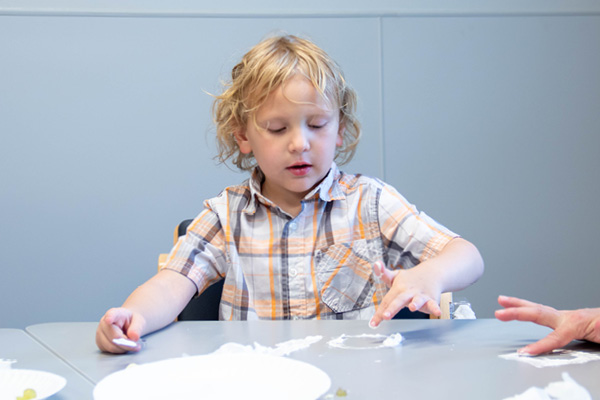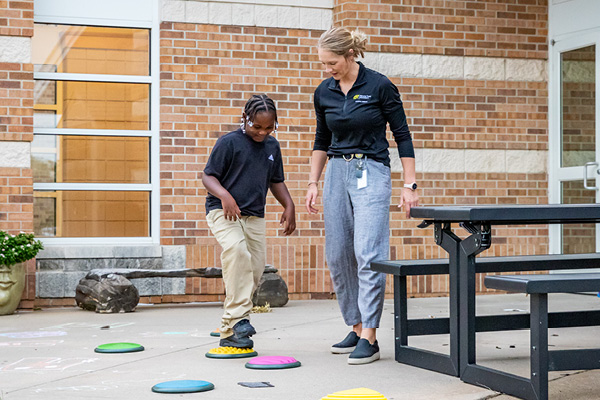2 MIN READ
Common ABA Myths
Our outpatient team dives into some of the myths they’ve heard about ABA
Myth #1 – ABA can only be used with young children with autism.
Fact: Actually, ABA can be used with people of any age with all levels of abilities and skills. The use of evidence-based interventions like positive reinforcement can be helpful to increase skills in communication, socialization, daily living, and academics. ABA interventions can also be used to help decrease challenging behaviors.
Myth #2 – ABA is not based in science.
Fact: ABA is a treatment used by professionals with certifications in the study of behavior analysis. It is an evidence-based practice where the interventions used were developed out of research and scientific data. Peer-reviewed journals publish studies that demonstrate how ABA can be successful in multiple settings.
Myth #3 – ABA uses bribery to get children to comply.
Fact: ABA uses reinforcement to increase the likelihood of a behavior occurring in the future. The reinforcement is contingent on the behavior that the child engages in prior to receiving what they want. The reinforcer acts as a motivator to continue to engage in that same behavior again. The reinforcement given is paired with a more natural reinforcer (i.e. praise, high five, hug, etc.) so that the child learns to accept more naturally occurring reinforcement rather than a snack or tangible item. The goal is to fade the item as reinforcement becomes more natural.
Myth #4 – ABA teaches children to be robots.
Fact: ABA works to help children interact, learn, and grow in all environments. There are some skills that may first be taught at a table using Discrete Trial Training (DTT). In the beginning, these skills are taught and reviewed in a repetitive manner but built into that learning is teaching through generalization. Generalization helps children learn a skill in a variety of settings, with multiple people, delivered with various wording, while accepting different responses to the same question. If a child can master a skill in a diverse set of environments, they will be more successful with spontaneously applying that new skill when needed.
Myth #5 – ABA is only taught at a table with an adult.
Fact: Children in an ABA program may do some of their learning at a table through DTT, but a majority of their learning occurs in the natural environment using NET (Natural Environment Training). This method of teaching in ABA encourages the child to learn through play while the therapist follows their lead. ABA occurs not only in a 1:1 setting in a clinic, but also in groups, in the community, and in a child’s home. Teaching in multiple environments allows naturalistic opportunities and generalization of skills.



